Smart growth and preservation is a Chester County hallmark. Planning for this growth and preservation is a critical local task.
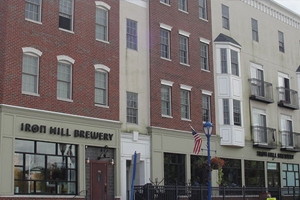
Infill development
Infill development, where compatible development occurs in existing developed areas, reduces the need for new infrastructure, like new roads, water lines, sewer pipes, and electric lines.
Action: Local municipalities can allow infill development while making sure it is consistent with existing neighborhood character. Learn More

Mixed land uses
When land uses are mixed in a development, there is less need to drive from place to place; instead, people can walk.
Action: Municipal comprehensive plans can identify the best places for mixed uses, and the zoning ordinance can require that developments have this mix of uses, including residential, commercial, and institutional uses. Learn More
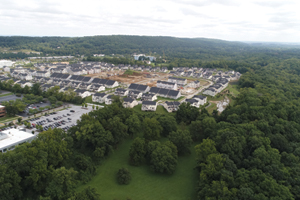
Growth boundaries
With growth boundaries, new infrastructure, like sewer and water lines, is not extended into more rural and natural areas of a community, which protects natural resources and discourages sprawl development.
Action: Municipalities can create de-facto growth boundaries through their comprehensive plan, sewage facilities plan, and zoning. Learn More

Transit-oriented development
Development that is next to train stations and bus stops and designed for walking reduces car trips and their ensuing air pollution.
Action: Where municipalities have train stations or frequently-serviced bus stops, they can zone for higher density, mixed use development. Learn More
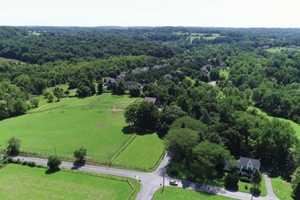
Cluster zoning
With cluster zoning, part of a property has development while most of the property is left as open space, which protects critical natural areas.
Action: Local communities can create cluster regulations in their zoning ordinances. Learn More

Housing diversity
Housing other than single-family detached homes, such as apartments, townhouses, and twins, uses less energy per home to build, has less of an impact on the natural environment, and uses less energy over time to heat, cool, and electrify.
Action: Through their zoning ordinances, municipalities can allow a diverse range of housing types in appropriate locations. Learn More
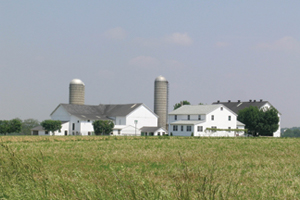
Agriculture zoning
Under agricultural zoning, development is very limited, with agriculture being the predominant use. This provides local food while limiting the environmental impacts of sprawl development.
Action: Typically, agricultural zoning is only used by municipalities with major concentrations of farms with high quality soils. Learn More
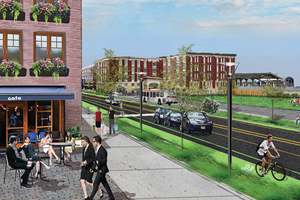
Center reinvestment
Reinvesting in centers reduces sprawl by encouraging growth in our urban and suburban cores, which in turn reduces the negative environmental impacts of sprawl.
Action: Through their comprehensive plans, zoning, and capital investments, municipalities can make their centers natural places for new growth and development. Learn More
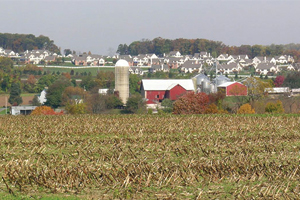
Transfer of development Rights
Transfer of development rights programs move development from one part of a community to another, helping to protect the natural resources in the area where development no longer occurs.
Action: These programs are created through a municipal zoning ordinance, based on the local comprehensive plan. Learn More
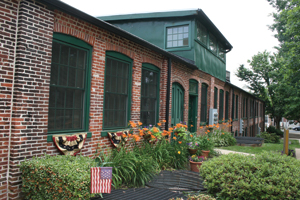
Adaptive reuse
With historic buildings, the energy and materials needed to construct the building have already been used; so, adaptively reusing these buildings has environmental benefits.
Action: Municipalities can encourage adaptive reuse in their zoning ordinances through use and dimensional bonuses. Learn More


